12 BALL PYTHON MORPHS
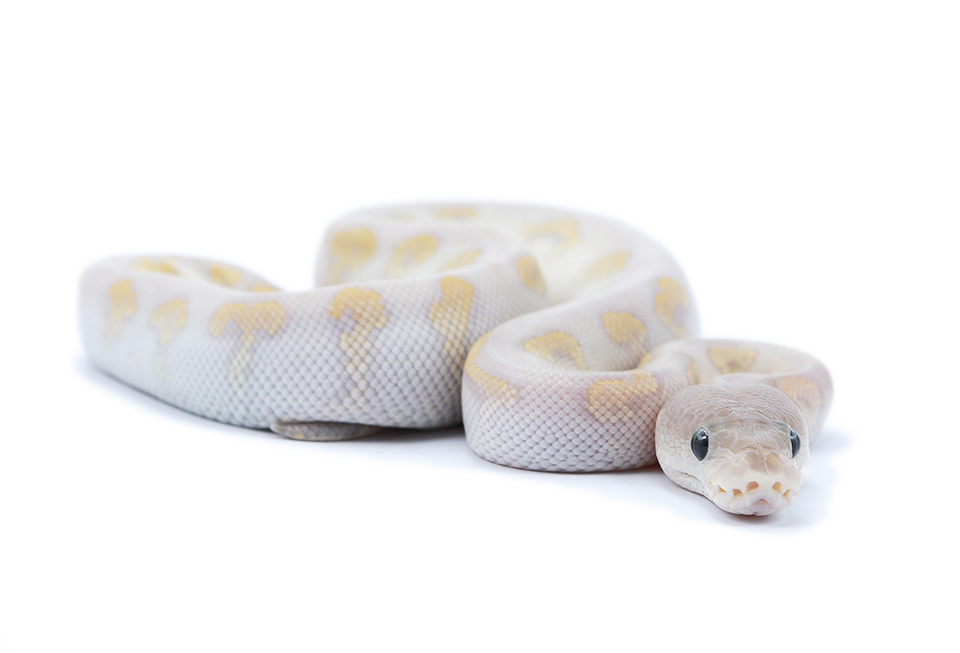
THE DIRTY DOZEN
Animal Scene’s friendly neighborhood herpetologist Pitlair is back once again with a dazzling dozen of his reptilian friends. This month, Pitlair shares with us twelve specimens with one thing in common — yellow coloring that they all share.“Some of these are unique in that their genes expressed a deviation in color and/or pattern from their usual morph combination,” explains Pitlair. “
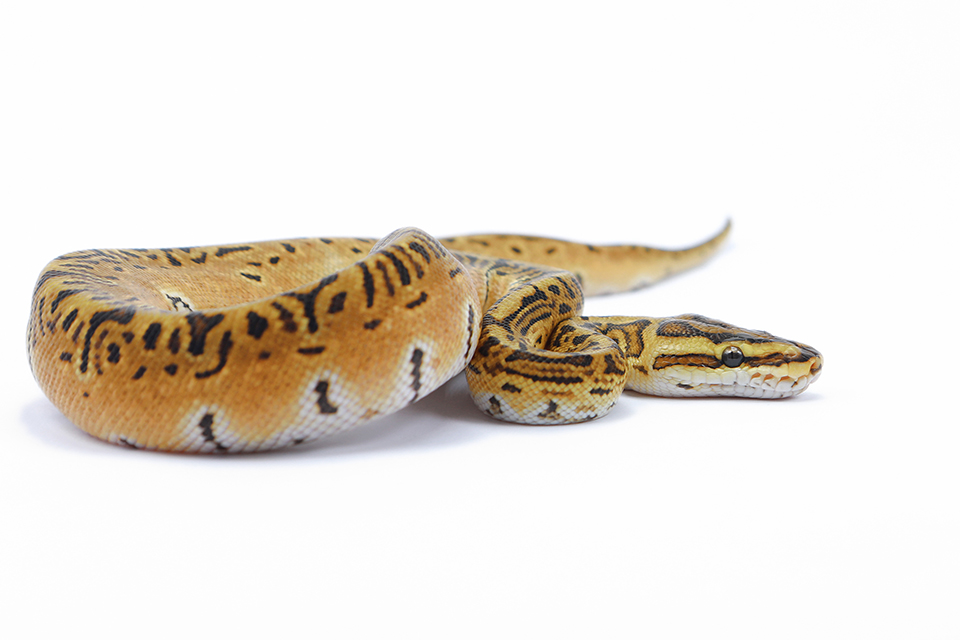
The pastel clown in particular has an unusually well-saturated yellow, which is not usually seen in clowns.”The pastel clown is one of Pitlair’s favorites, tied with the chocolate pinstripe. “The chocolate pinstripe is exhibiting a very unique dorsal pattern,” notes Pitlair.

Although they are known as royal pythons, why are these particular snakes also called ball pythons?
“The common name is ball python because they tend to coil up into a ball when held,” Pitlair explains. “Ball pythons ticked off a lot of boxes for me. Manageable size, relatively ease of care, have docile disposition and an expansive morph selection. The aspect of simply keeping a few for ball pythons as [animal companions] or committing to [more than just a few to] come up with beautiful new morph combinations is what hooked me,” he adds.
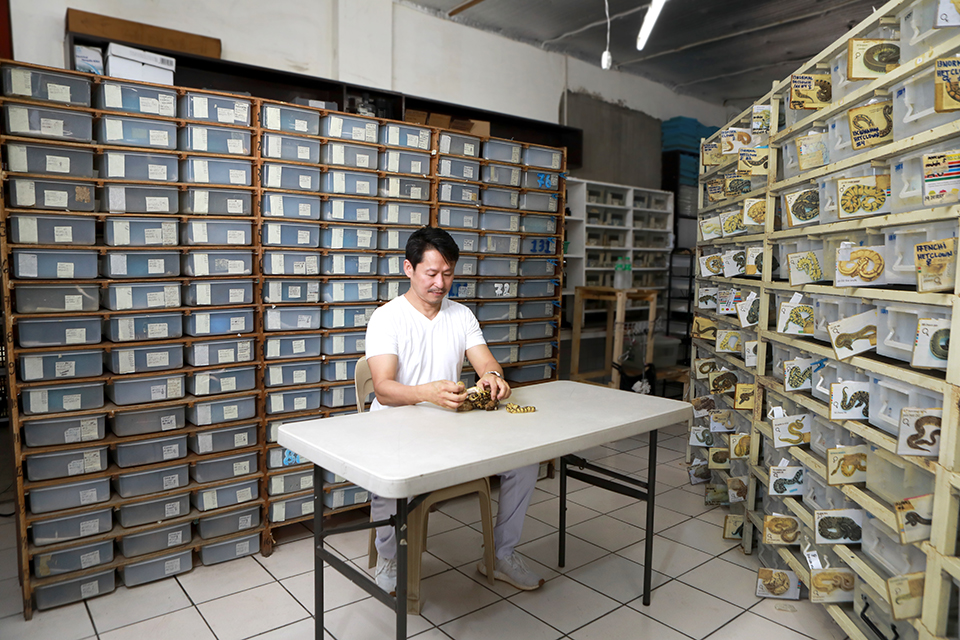
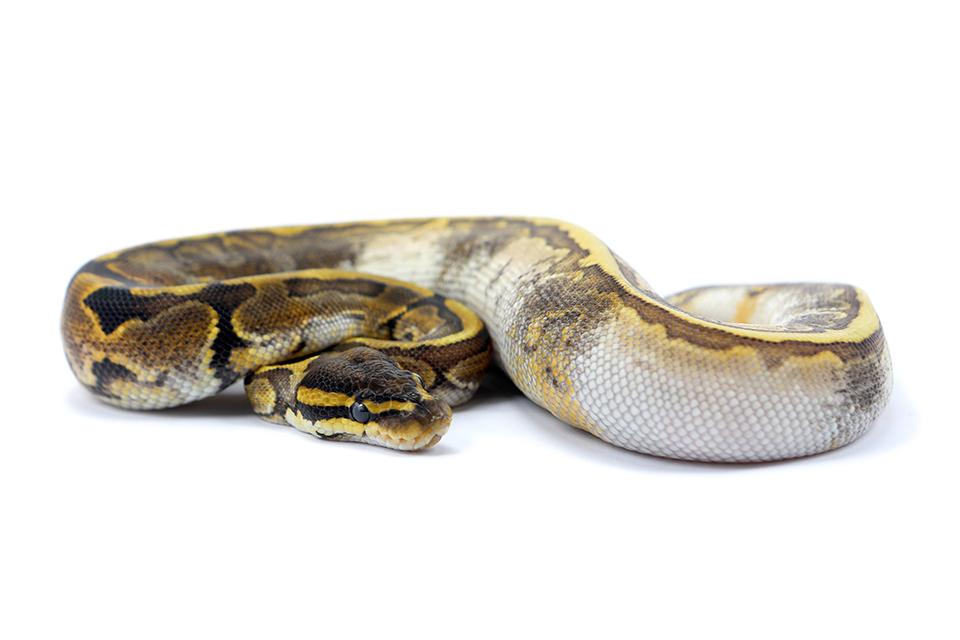
The ball python is the most commonly cared for python in the world and in the Philippines. They are very popular with first-time and experienced keepers. Although they are quite shy, ball pythons are considered ideal companion animals because they are small, are generally friendly, easy to take care of, and come in a dazzling variety of colors and patterns.
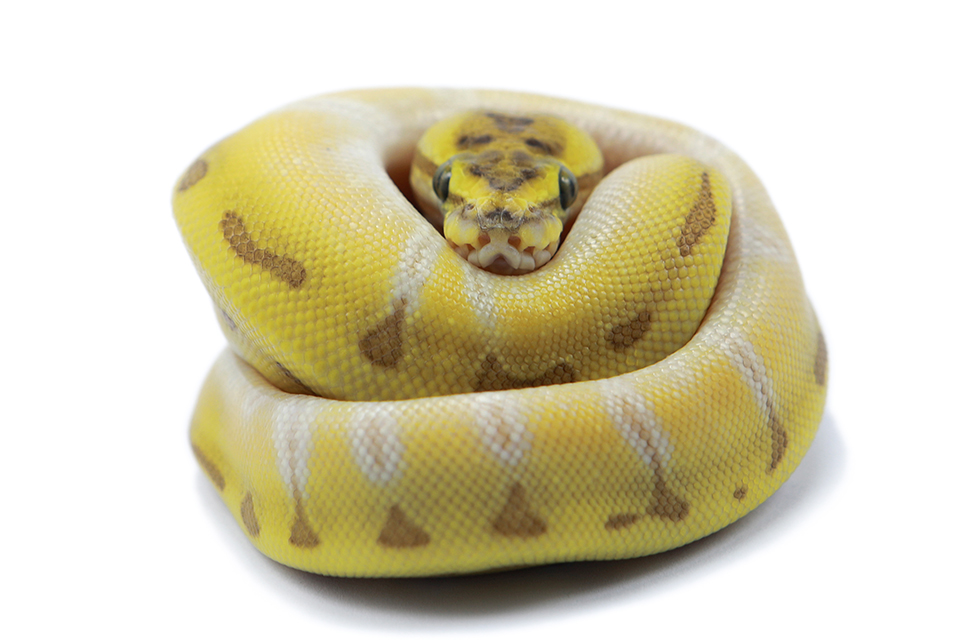
Ball pythons can start eating rats young, starting with rat pups and progressing in size as they grow. Avoid handling your snake for at least a day Kingpin CalicoSuper Enchi Lesser Pinstripeafter feeding, as excessive handling at this time can lead to regurgitation. Adult ball pythons eat once every one to two weeks, while younger ball pythons need to feed once a week as they need energy and nutrients to grow.
Remember to have fresh, clean water always available for your ball python, and don’t forget to check the dish daily. Sometimes, snakes will defecate or urinate in the water bowls from time to time, so clean and disinfect them on a weekly basis.

QUIRKY SERPENTS
Just like dogs, cats, and other pets, different snakes exhib-it different personalities. “I think we should establish that our expectations with snake quirkiness [is] very different from our expectations of our pet dogs or cats.”
Pitlair explains this point with concrete examples. “Some snakes will remain intolerant to being handled their whole lives, while others are totally the opposite. You have some snakes [who] are always hiding or are always in their water bowl. Then there are some snakes [who] are scared of their prey, so that they will only take small prey. Then there are the wanderers, those [who] like to escape most of the time you open their tubs. You can also get snakes [who] are always hungry.”
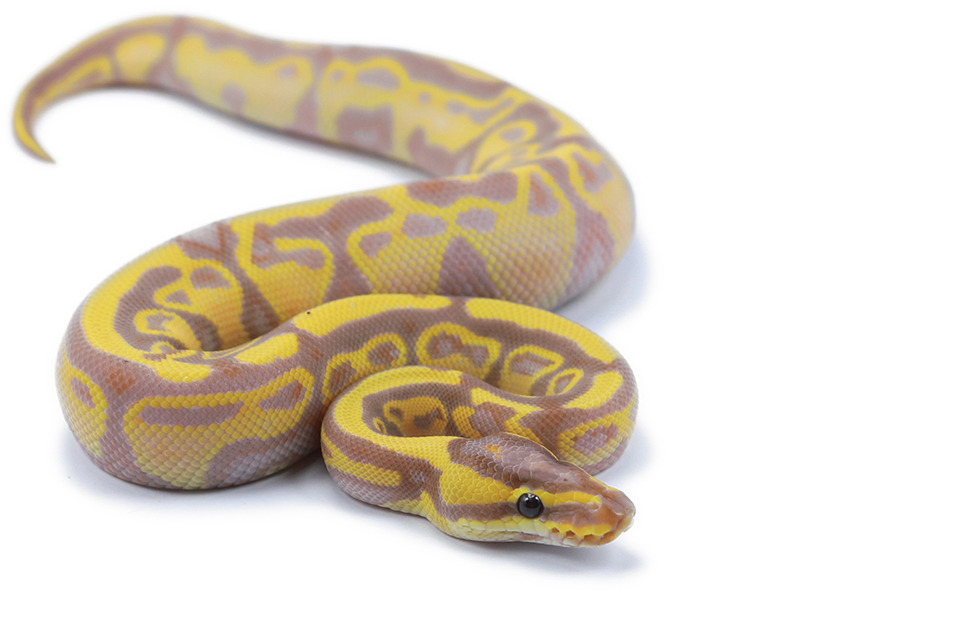
Pitlair suggests captive-born and bred snakes. Wild-caught ball pythons, although they may sound desirable, are difficult to feed and may carry ticks. Wild ball pythons hunt gerbils, which may be tricky to find and expensive to purchase regularly. Wild ball pythons will sometimes refuse to eat mice, even if they are already starving.
On the other hand, captive-born and bred ball pythons are tame, docile, and simple to take care of. These domesticated serpents have a high tolerance for being handled.
Also, crucially for many herpetologists, and unlike the wild-caught ball python, captive-born and bred pythons come in a wide variety of morph, due to their potential for selective breeding. Wild type pythons usually only come in one morph: normal.
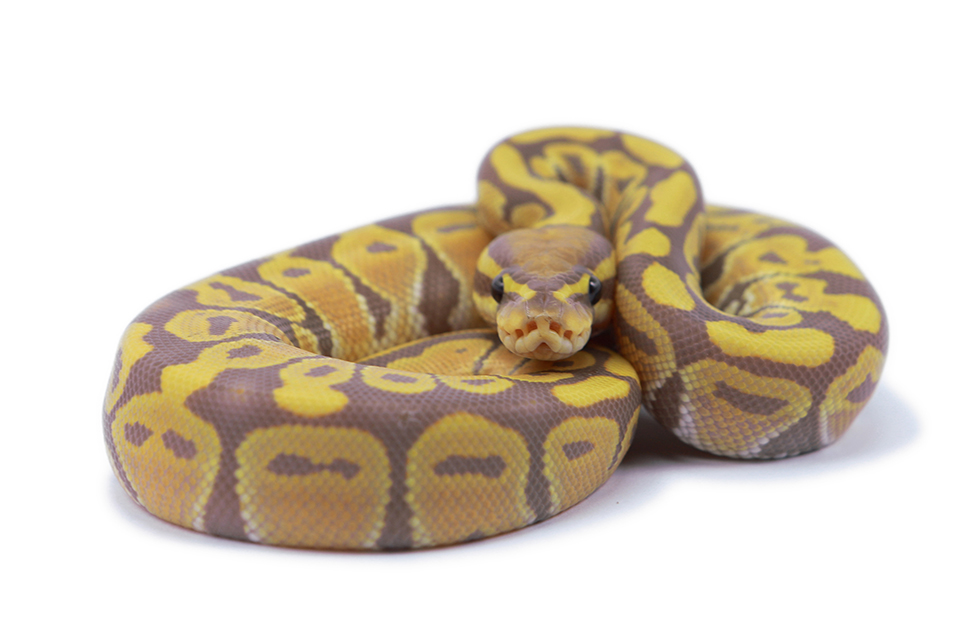
PYTHON TLC
Pitlair describes his daily care routine for his babies. “We begin the day with checking what needs to be done, which is usually followed with feeding, then cleaning. These are the three main activities every day: checking, feeding, cleaning. Monitoring the snakes first allows us to set how the day will need to go moving forward.”
Have any of the pythons tried to harm Pitlair? “I don’t think so, not intentionally. Their instinct to strike is elicited in their natural feeding response and by fear. Knowing this, we can therefore approach our snakes appropriately, minimizing and even totally avoiding getting bitten.”
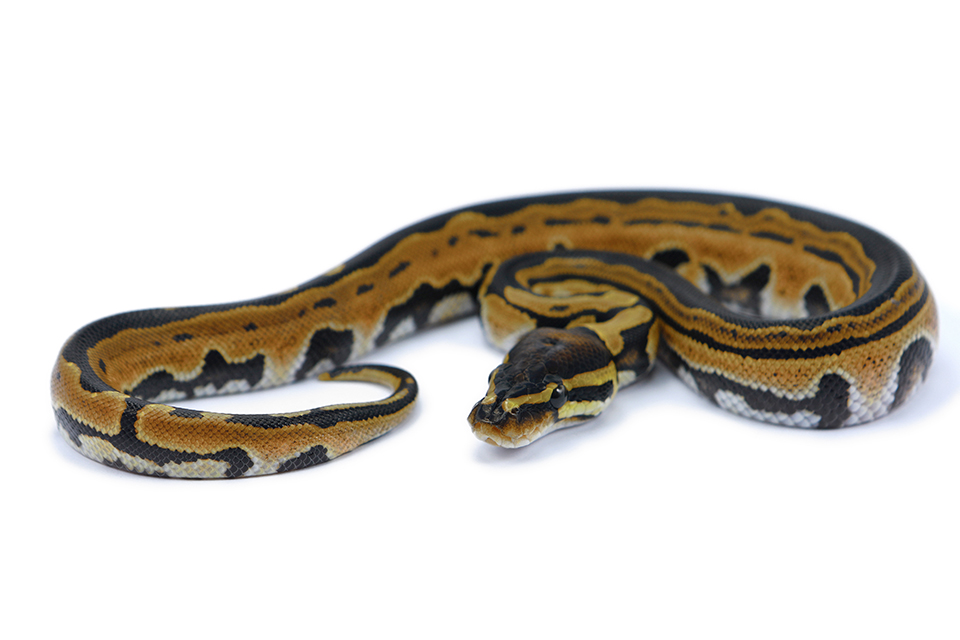
REPTILE PLAYTIME
How does Pitlair play with ball pythons? “They like to get into small spaces, like under your shirt, between cushions. They also cling or wrap themselves around your wrist, neck or head. They sometimes flick their tongue in your face, which is fun.”

ADVICE FOR BEGINNERS
The most common misconceptions about ball pythons, according to Pitlair, is the idea that snakes only want to bite. “Actually,” he says, “more often than not, if you don’t bother them, they won’t bother you. Most ball pythons opt for flight rather than fight. So, any time you see a snake, the best thing to do is let them be.”
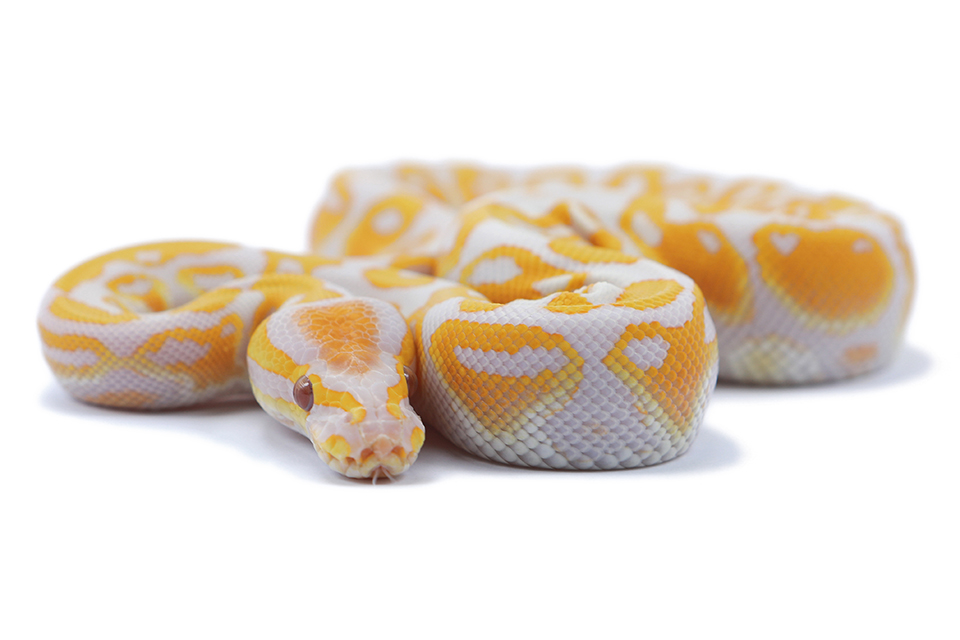
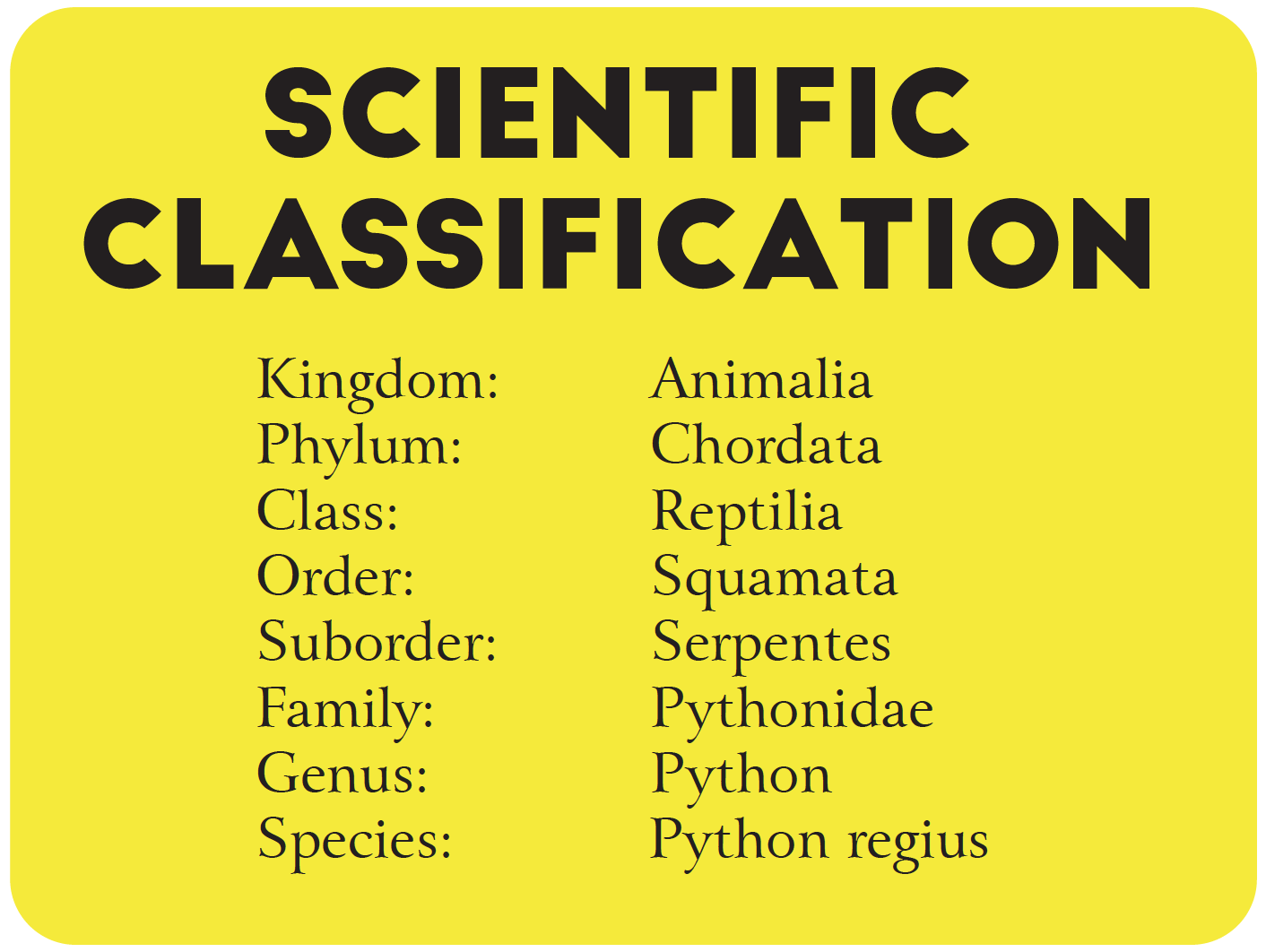
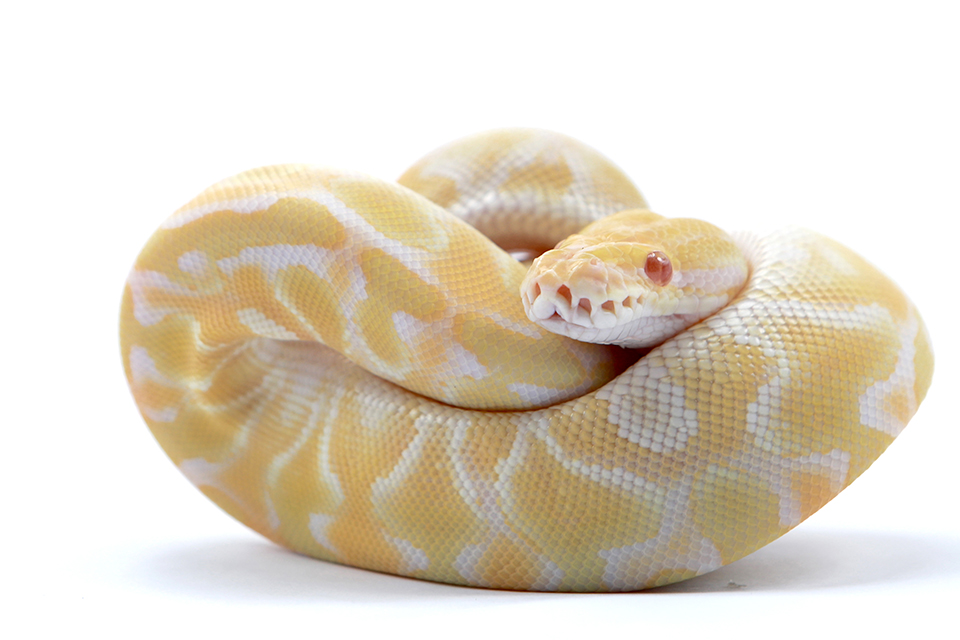
Photos by JEFFREY C. LIM






